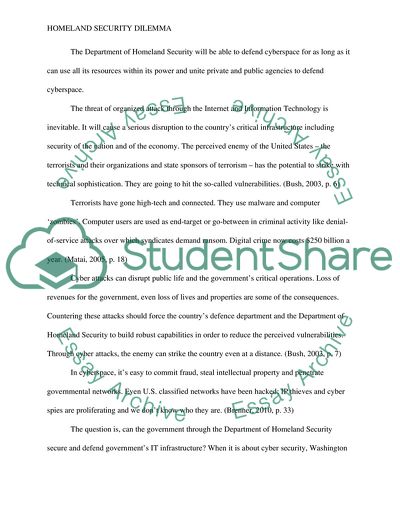Cite this document
(“Cyber Security A Homeland Security Dilemma Research Paper”, n.d.)
Cyber Security A Homeland Security Dilemma Research Paper. Retrieved from https://studentshare.org/information-technology/1603822-cyber-security-a-homeland-security-dilemma
Cyber Security A Homeland Security Dilemma Research Paper. Retrieved from https://studentshare.org/information-technology/1603822-cyber-security-a-homeland-security-dilemma
(Cyber Security A Homeland Security Dilemma Research Paper)
Cyber Security A Homeland Security Dilemma Research Paper. https://studentshare.org/information-technology/1603822-cyber-security-a-homeland-security-dilemma.
Cyber Security A Homeland Security Dilemma Research Paper. https://studentshare.org/information-technology/1603822-cyber-security-a-homeland-security-dilemma.
“Cyber Security A Homeland Security Dilemma Research Paper”, n.d. https://studentshare.org/information-technology/1603822-cyber-security-a-homeland-security-dilemma.


